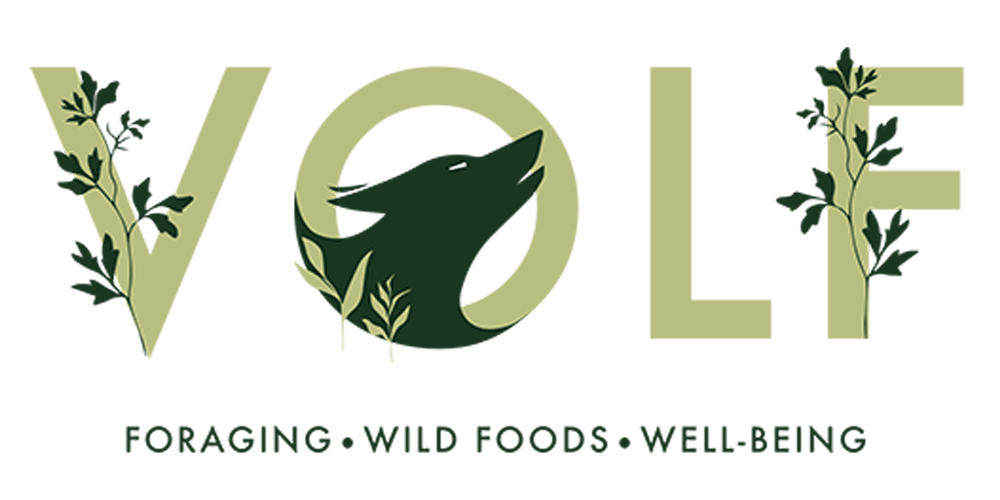Common Walnut
How To ID Me And What I’m Good For?
My ID Features:
Leaf
Fruit
Cross section green fruit
Bark
Husk (containing the ‘nut’ & kernel) [credit]
Common (English) Walnut
Latin Name - Juglans regia.
Common Names - Persian walnut, English walnut, Carpathian walnut, Madeira walnut, Common walnut.
Family - Juglandaceae.
Season - Spring - Autumn.
Edible Bits - Leaves, kernels, shells, sap.
Habitat - Widley naturalised (particularly in southern Britain). Most commonly planted in urban areas and sometimes also in the wild and on river banks, field-borders and roadsides.
Possible Confusion - Black Walnut [Juglans Nigra]. Also edible. Though Black Walnut is toothed. Possessing more leaflets and hairy on the underside.
Description - A roman introduction in to the British countryside. We have a lot to thank those guys for! A deciduous tree growing on average to 20 m (65ft) tall. It flowers in June, and the ‘seeds’ ripen in October. Although culinarily considered a "nut" and used as such, it is not a true botanical nut. After full ripening, the shell is discarded and the kernel is eaten. Though the tree bares many edible uses…
Seeds (nut)
Well documented. Eaten raw or cooked. Personally for us candied.
Unripe fruits (green walnut)
Famously pickled.
Sap (in spring)
Is used to make sugar.
Shells
The finely ground shells are used in the stuffing of 'agnolotti' pasta.
Leaves
Used as tea or even made in to wine.
Physical Characteristics - Common Walnut is a large deciduous tree, growing up to 35 metres high. The bark is smooth & olive-brown when young. Silvery-grey on older branches and has broad fissures. The leaves are alternately arranged, with 5–9 leafs adorning each stem. The largest leaflets are the three at the apex, usually with the one at the top being the largest in our experience. The basal pair of leaves are much smaller. The male flowers are in drooping catkins and the female flowers are terminal, in clusters of two to five, ripening in the autumn into a fruit with a green husk and a brown nut. The whole fruit, including the husk, falls to the floor in the autumn.
Harvesting Sustainability - As with most wild plants, respect is essential! Make sure you leave enough for the critters who depend on the tree as a food source.
Safety Note
Be careful to pick away from human or animal contaminants, especially given its likely urban environment.
Never munch on a hunch! Volf takes no responsibility for anything consumed.









